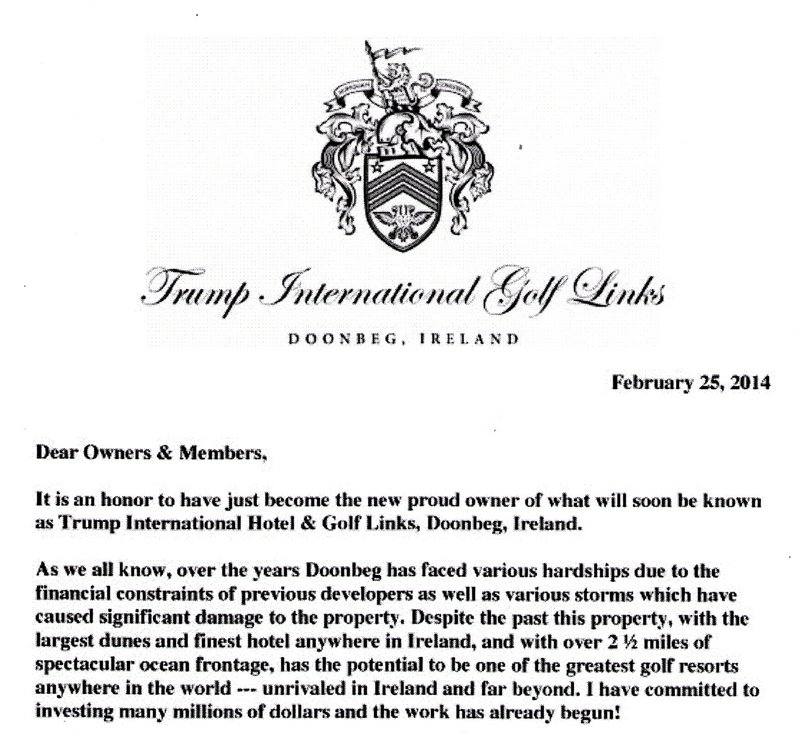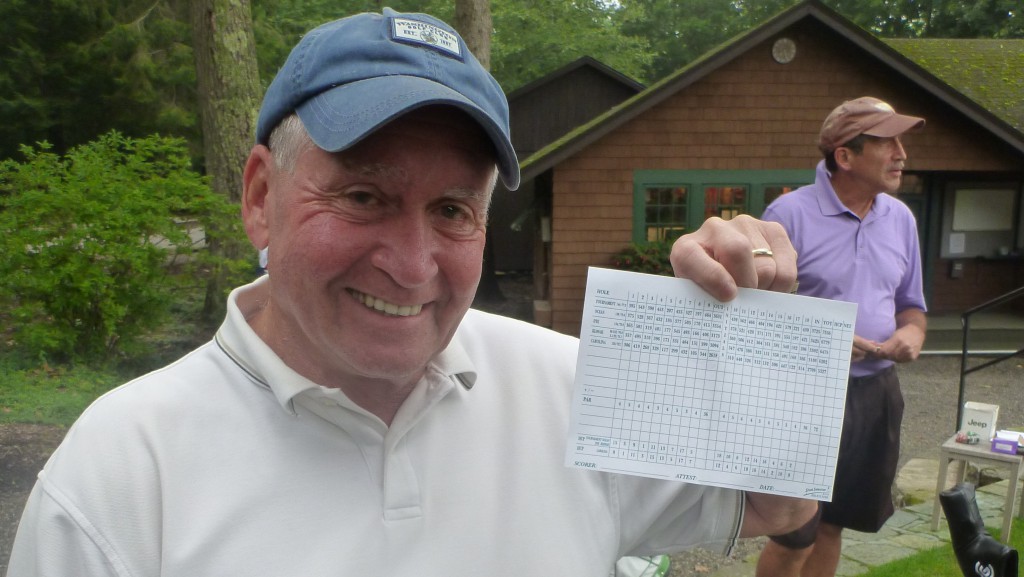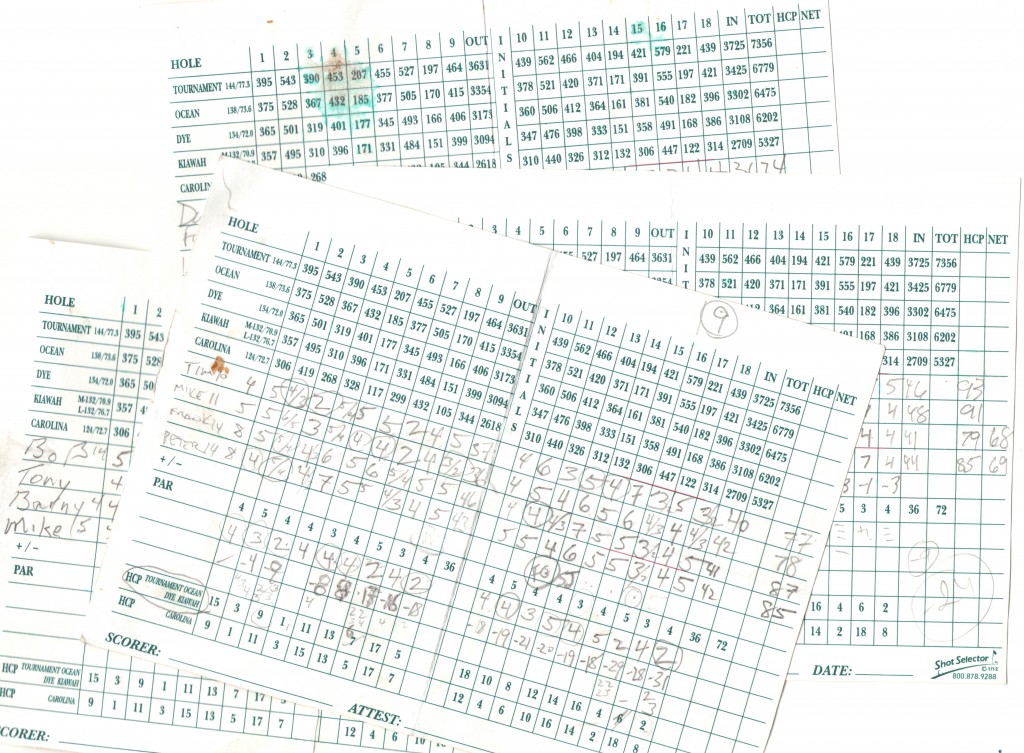In 2006, I traveled to Ireland with three other Golf Digest editors, and among the courses we played was Doonbeg, about an hour and a half down the coast from Lahinch. (A useful rule of thumb, when estimating travel times on older Irish roads, is to think of the kilometers as miles, and multiply by two.) In the magazine I wrote that, after playing the course twice, I wanted to take back nearly every unkind thought I’d ever had about Greg Norman, who designed it. Several of the holes, I said, were permanently memorable, including the teensy but murderous fourteenth, a par 3, which has a green scarcely large enough to contain a foursome (shown above).
The only part of Doonbeg I didn’t care for was the club itself, which, in contrast to the course, seemed distinctly overdetermined. Doonbeg was created, in 2002, by Kiawah Development Partners, of Kiawah Island, South Carolina, and there was a powerful American-style screw-you quality to many of the amenities, both inside the huge gray-stone clubhouse (where golf balls in 2006 were selling for a hundred dollars a dozen) and on the grounds beyond the course, where the walls bordering the endless private drive had been draped with sod that appeared to have been cut on Savile Row. Well, reality finally caught up with the owners, and the property went into receivership in January. Last month, the whole thing sold, for about twenty million dollars, to my close personal friend Donald Trump, who subsequently sent a letter to Doonbeg’s (mostly non-Irish) members and apartment owners. Here’s the first part of his letter:
A downside with Trump is that he names or renames everything after himself. But the rest of us can continue to call the course Doonbeg, and I think the members and the Irish and golfers in general ought to be pleased, because, as Trump demonstrated at Doral last week, when he buys a struggling golf property he doesn’t fool around. No matter what you think about him, he has been extremely successful—and shrewd!—at cleaning up golf messes made by other people. So good for him.






